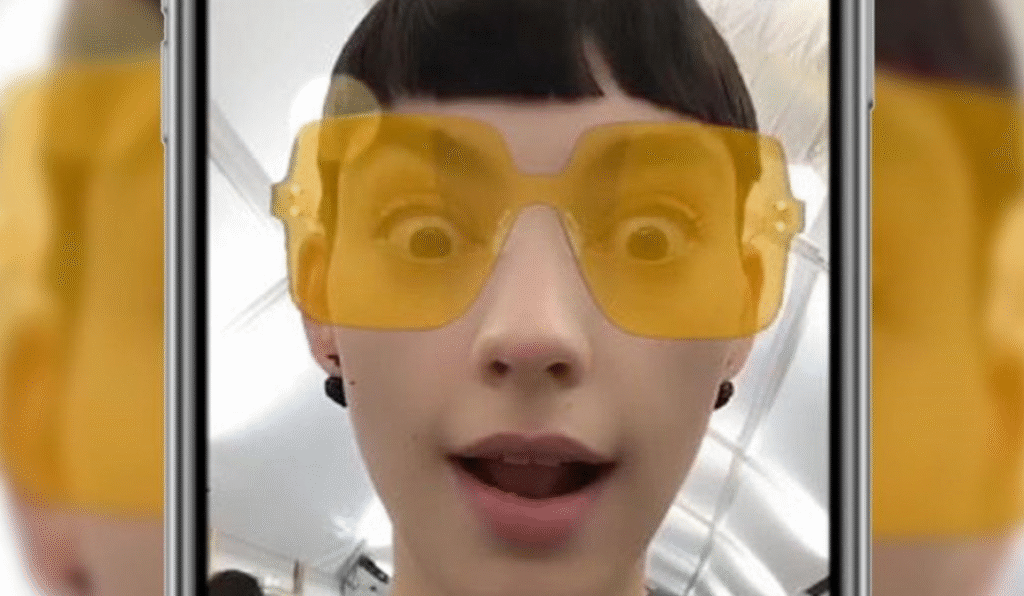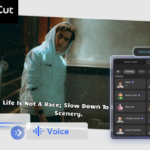Article written by Studio BLUP ‘Futurewears’ writer Symeon Oshea
As we venture into what a brand new decade has to offer, it is merely a matter of time before technology and luxury fashion begin to blend seamlessly.
2017 marked the year when augmented reality took centre stage in retail. As the landscape of retail continues to change, brands are facing increasing pressure to either stand out or step away.
Every innovative luxury brand is investing a lot of capital in digital branding now, more than ever. The expansion of our digital ecosystem and the rate at which we are exploring ways to integrate it into our lives indicates that we are nearing a technology-centric network of interconnected perspectives.
A BRIEF HISTORY
The dawn of digital fashion has been marked by revolutionary industry giants. In 2003, Uniqlo released HEATTECH, a collaboration with Toray, the global textile maker. In 2019, Electronic Art’s Maxis and Moschino teamed up for both an in-game collaboration and a limited release of physical goods that were available online and in-store.

Last year, Kering’s Gucci decided to tap into the modding community of the hugely successful Sims franchise, by creating digital in-game content centred around the fashion house. This year, Gucci is back to flaunt its innovative digital presence by partnering with AR fashion platform Wanna to create a virtual watch and shoe fittings. A digital pair of shoes will only set you back £945 on the Gucci app. These items will be sold as accessory packs on augmented reality games like Roblox, with the fashion house making it worth your while to get your digital hands on exclusive virtual sneaker drops like The Gucci Virtual 25.
This is part of a push from parent company Kering to remain at the forefront of virtual reality and digital goods. A trend we hope to see other luxury fashion brands push further.
THE FUTURE OF AUGMENTED REALITY
As the retail environment continues to adapt to changing conditions, many brands are being forced back to the drawing board to rethink a unique digital approach. With more brands in the market now than ever before, standing out from the crowd is the top priority.
Ivy Park x Adidas is a prime example of how digitally conscious the average consumer is becoming. From the exclusive drops, integration into the Adidas app and the digital team at Parkwood who understands their audience and how to reach them. Ivy Park has unknowingly set the standard for marketing to a new kind of consumer. Their “digital-first” product cycle makes exclusivity their biggest advantage by providing shoppers with fit photos (via prominent public figures) and timed shopping to ensure that every region has an equal opportunity to purchase
The new digital-first mindset allows brands the flexibility to offer consumers a higher level of interactivity and customization than ever before. This is becoming more prominent within high fashion as many are racing to implement the latest in virtual reality, artificial intelligence, digital mapping, and UI/UX design.
Yeezy Supply, when it debuted online, featured a shopping experience parallel to none. Customers can choose an outfit they would like to view and then put it on a 3D model walking across the screen. If shoppers would like to learn more about the model, they can click and get a backstory for each muse. Making the experience even more unique, the screen is clean and wordless, apart from the model and garments.
WHAT DOES THE FUTURE LOOK LIKE?
As we continue to look towards the future of fashion, the line between traditional commerce and e-commerce is becoming increasingly blurry. More fashion labels will begin to adopt tokenised digital goods and create digital experiences with AR/VR technology to provide a new level of immersion for consumers. The future of digital fashion is immensely exciting with the gaming industry insight, it allows the opportunity to expand into a new digital ecosystem.
Article written by Symeon Oshea [@symeonoshea]
Want to write for theblup.com please contact talent@studioblup.com






